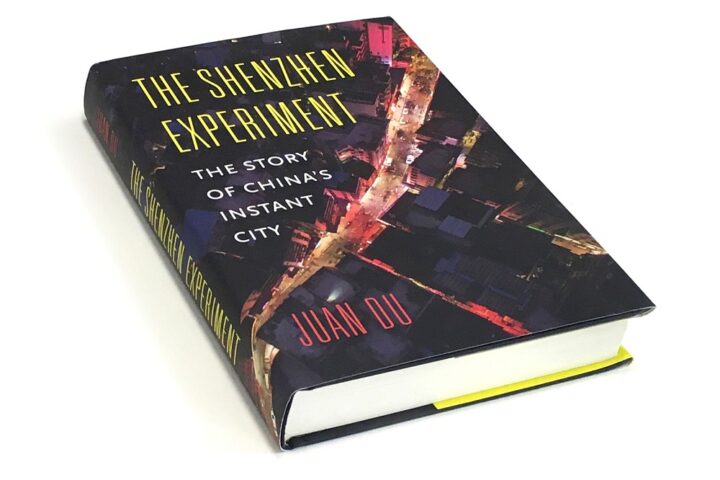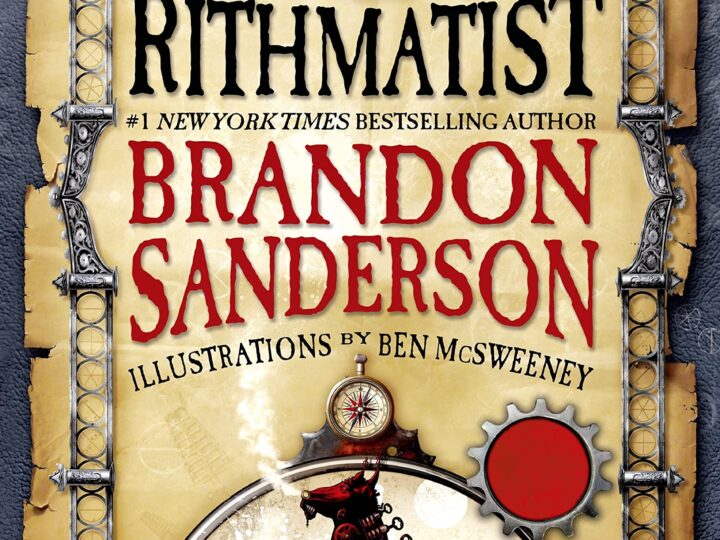For the greater part a year, titles have been packed with reports of well known protests and police restraint occurring in the most popular city in China’s Pearl River Delta, the previous British colony of Hong Kong. For considerably longer, Western columnists have chronicled the region’s marvelously aggressive nearby framework projects, from noteworthy new fast rail lines to an extension of unrivaled length that runs from Hong Kong to the previous Portuguese settlement of Macau and from that gambling club filled island to the city of Zhuhai in Guangdong Province.
These foundation projects, part of a drive to make a “More noteworthy Bay Area” in the delta, are firmly associated with the fights, as Juan Du’s “The Shenzhen Experiment” clarifies. The city of Shenzhen is the locale’s Silicon Valley partner, home to Google rival Tencent as well as a portion of the world’s tallest structures. That’s what the Communist Party’s thought is, from here on out, going from Shenzhen to adjoining Hong Kong will be just about as basic as riding BART between two pieces of California’s Bay Area. Various urban communities will have various capabilities yet the progression of individuals, merchandise and data among them will be consistent. (Without a doubt, Shenzhen could some time or another supplant its neighbor as the district’s vital supplier of monetary administrations.) The Hong Kong fights are halfway a work to stand up against this work of joining.
- ADVERTISING - continue reading below -
Shenzhen is many times introduced as a painstakingly made city whose populace shot from around 30,000 during the 1970s to in excess of 10 million, riding the rush of the financial changes presented by Deng Xiaoping. Ms. Du, an engineer and University of Hong Kong teacher, disagrees with this record as well as numerous others told about Shenzhen, uncovering parts of what she calls an “ignored history” that doesn’t fit the authority legend of “a very much arranged ‘moment city.’ ”
Shenzhen as a matter of fact developed from a few more established networks whose consolidated populace was not the habitually refered to 30,000 however “multiple hundred thousand in the years 1979 and 1980.” And a long way from being a solitary “fishing town” before Deng came to control, what is currently Shenzhen contained “cultivating fields and hydroponics along the coast” as well as “critical metropolitan and rustic settlements,” some of which had existed for quite a long time. Deng’s assignment of Shenzhen as a “Extraordinary Economic Zone” was the key occasion that prodded current turn of events. However, the creator fights, both “hierarchical bearing” and “base up attempts” formed the real advancement process, and privately pursued choices were just about as urgent as unfamiliar speculation and drives driven by Beijing.
However “The Shenzhen Experiment” isn’t simply an assortment of logical cases. It is likewise a gathering of stories, collected from interviews the writer completed as well as her wide perusing. From the get-go in the book, Ms. Du shares a record of a traveler to Shenzhen who composes a melody about it that becomes critical in proclaiming the “fishing town” legend; later, she expounds on a decided resident who waits for a more ideal arrangement not entirely set in stone to integrate her property into an undertaking. Such stories change what might have been dry, useful sections into bright and drawing in ones.
Ms. Du has made a significant commitment to figuring out an interesting city. She makes one critical stumble, however, in her treatment of the 1989 Tiananmen Square dissent development. The creator is unclear about its causes; she makes light of the severity of its suppression, alluding to an “episode” as opposed to a “slaughter”; and she alludes to “a great many understudies” walking in Beijing, when there were, as a matter of fact, significant exhibitions in urban communities across China, and in the capital countless individuals from other gatherings joined taught young people in the city. A researcher somewhere else so worried about exposing official records shouldn’t, even in passing, support the authority Communist Party public fantasy around 1989.
Ms. Du likewise botched a couple of chances to refer to works that would widen her record. Specifically, given her advantage in private stories, she could have figured out how to draw on Xue Yiwei’s “Shenzheners” (deciphered in 2016), a richly created brief tale assortment enlivened by James Joyce’s “Dubliners” that is the most ideal work of fiction on Shenzhen that anyone could hope to find in English.
At last, the creator might have made a stride back and attempted to examine what might be said about the Shenzhen “fishing town” fantasy worked everything out such that strong in any case. Well before something-from nothing stories were told about Shenzhen, occupants of Hong Kong and Shanghai were advancing the thought that these urban communities were once-unassuming districts that had been phenomenally changed into sparkling models of innovation — when the entirety of the previous and a piece of the last option were under unfamiliar control. A rich insightful writing disagrees with these celebratory stories, yet there’s no rejecting that Westerners took the largest part of the credit for everything great about the urban communities.
- ADVERTISING - continue reading below -
Advertisers of Shenzhen, including Deng Xiaoping, presumably had the narratives of Shanghai and Hong Kong at the forefront of their thoughts. Deng, who concentrated on in France as a young, had cosmopolitan preferences but at the same time was seriously nationalistic, and anxious to make progress stories that could demonstrate to the world that his countrymen could match the achievements of the West. By singing the gestures of recognition of Shenzhen, Beijing attests that China’s own kin can do as well as any pariahs in making sparkling metropolitan grandstands out of unprepossessing homesteads and swamplands.
The Shenzhen Experiment : The Story of China’s Instant City by Juan Du; contains 376 pages.
Rating : 4 Stars
Views: 2



